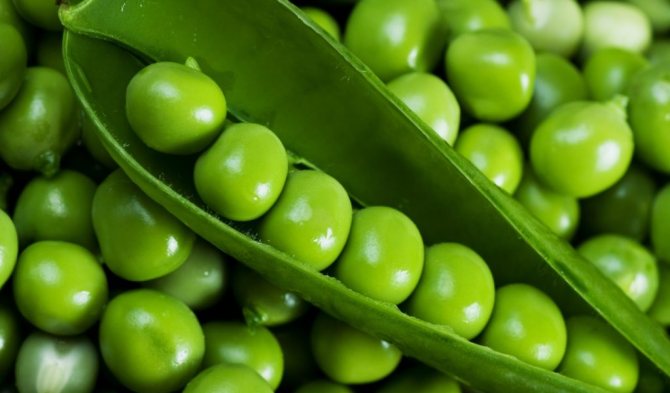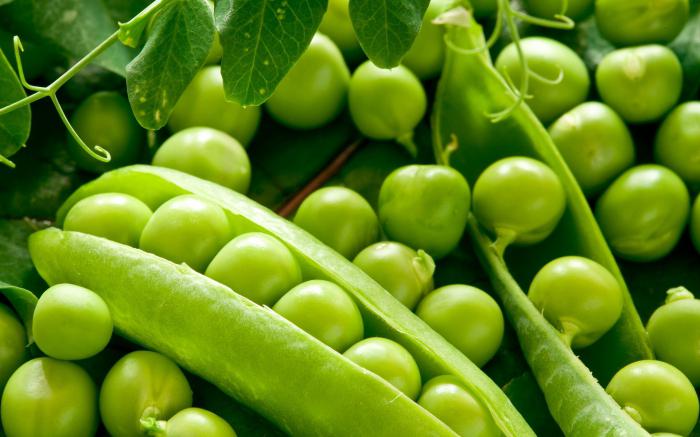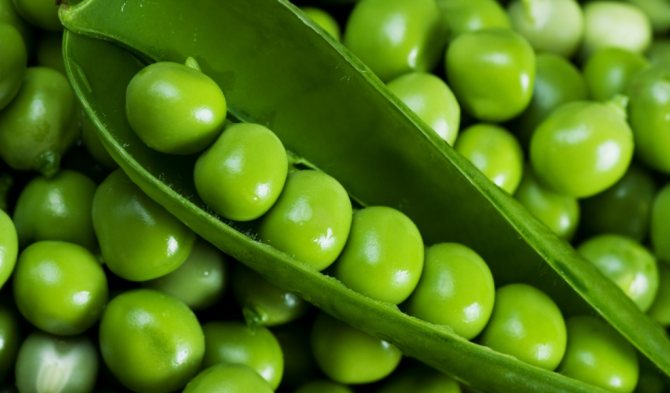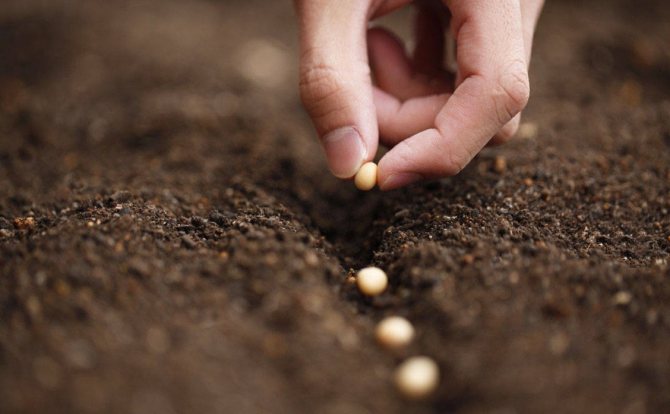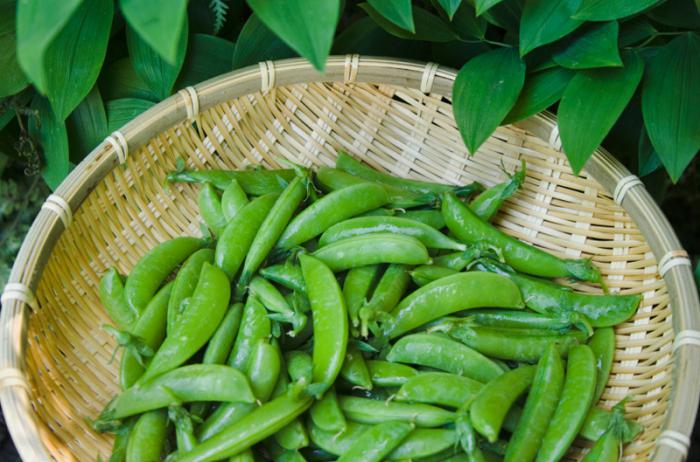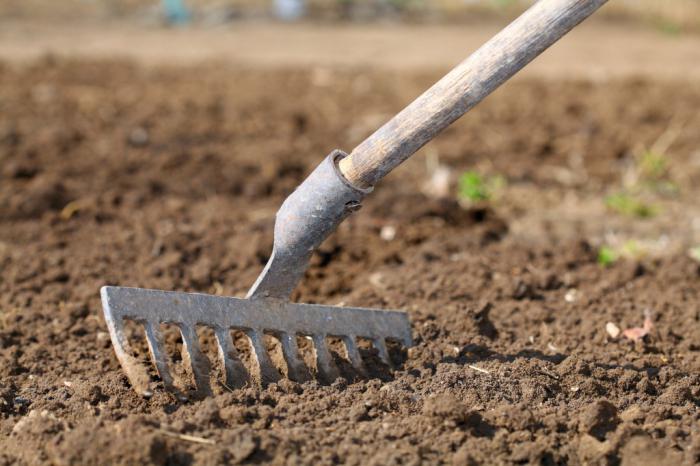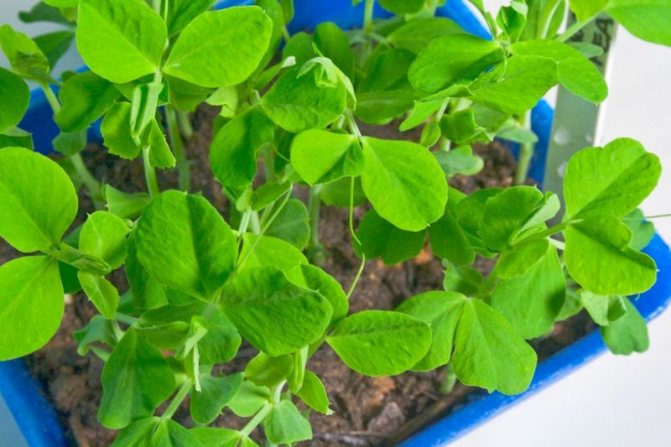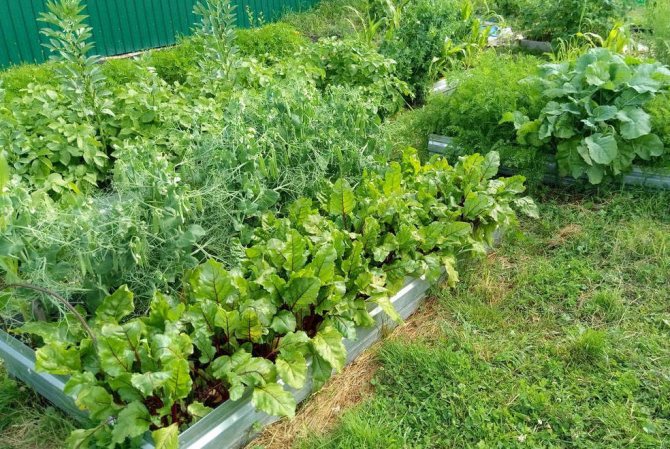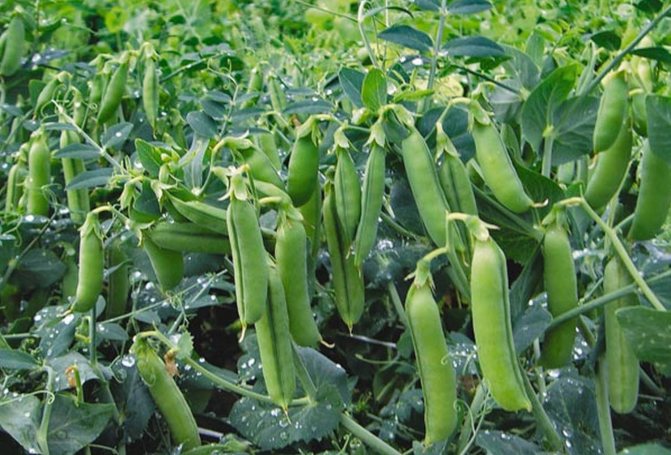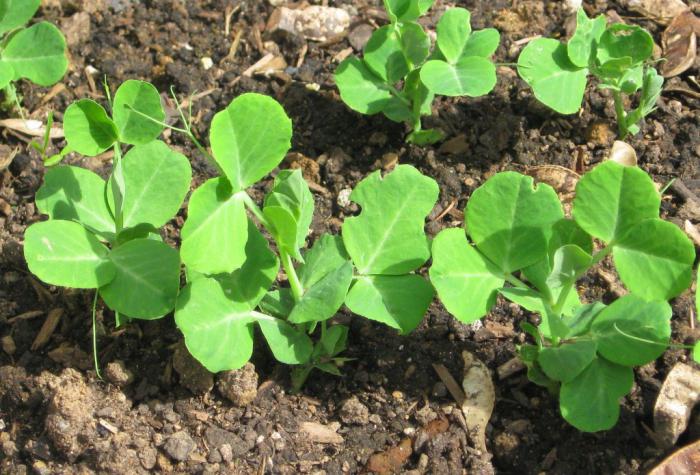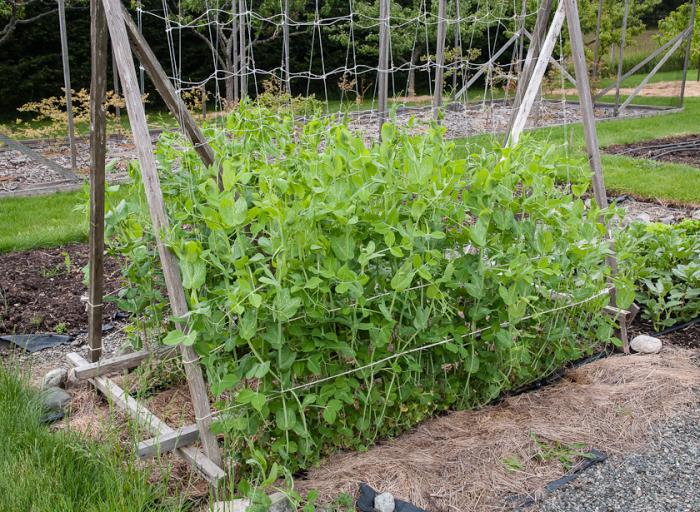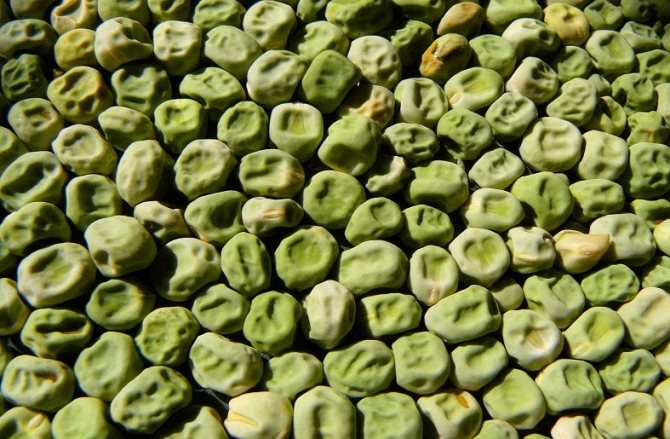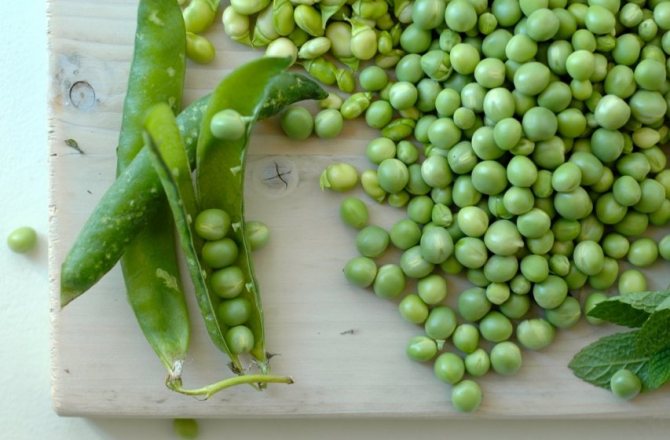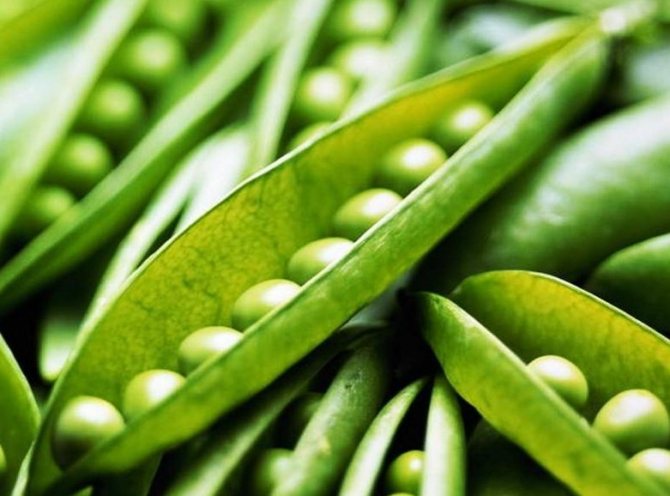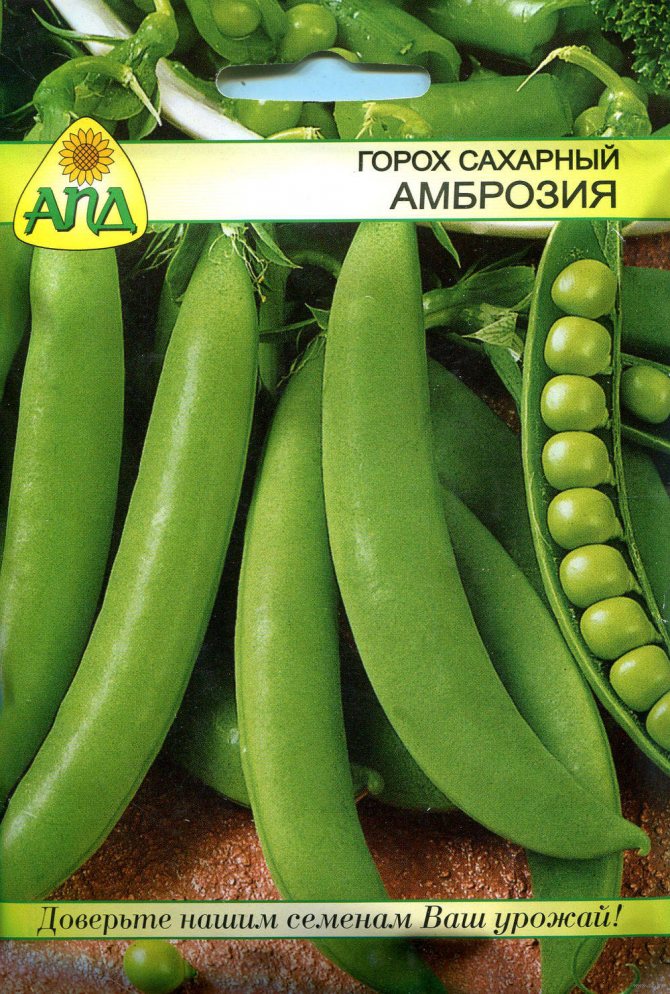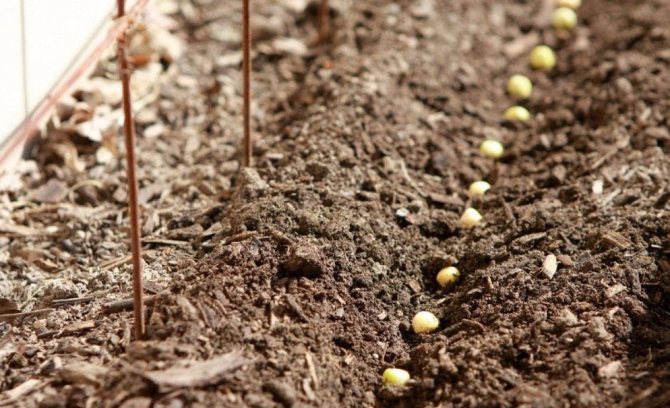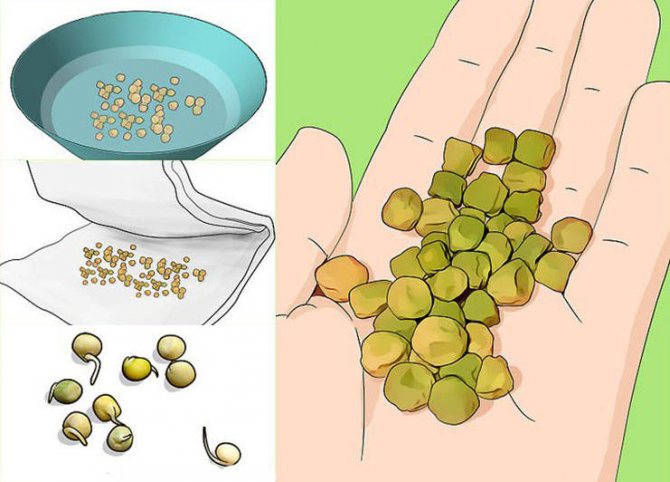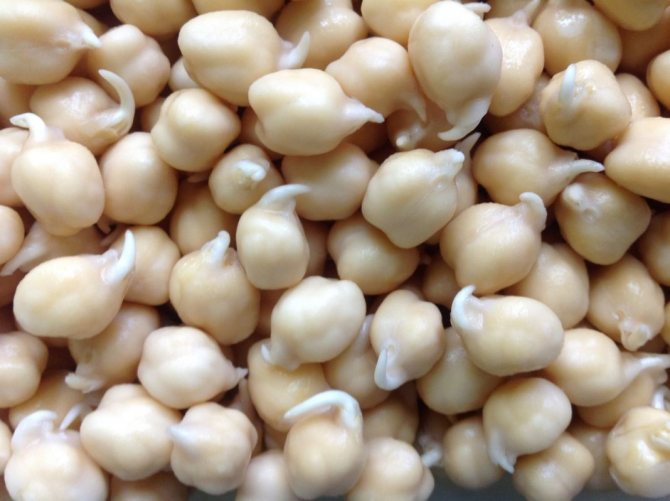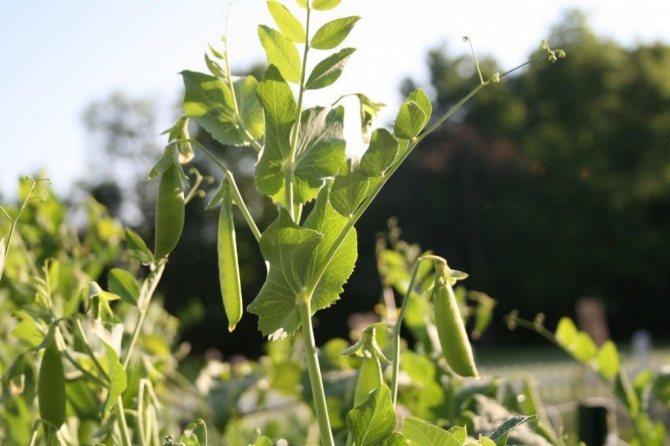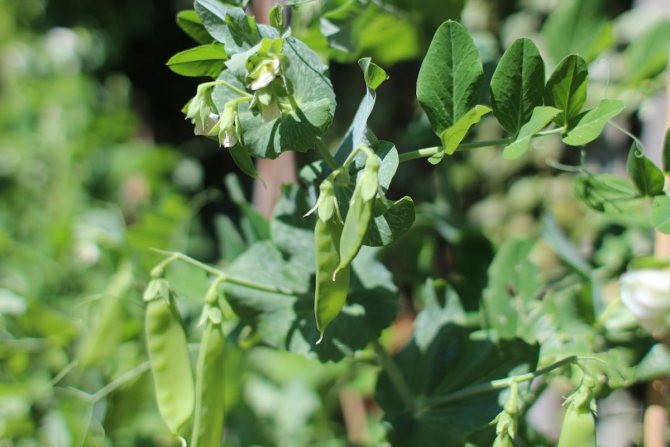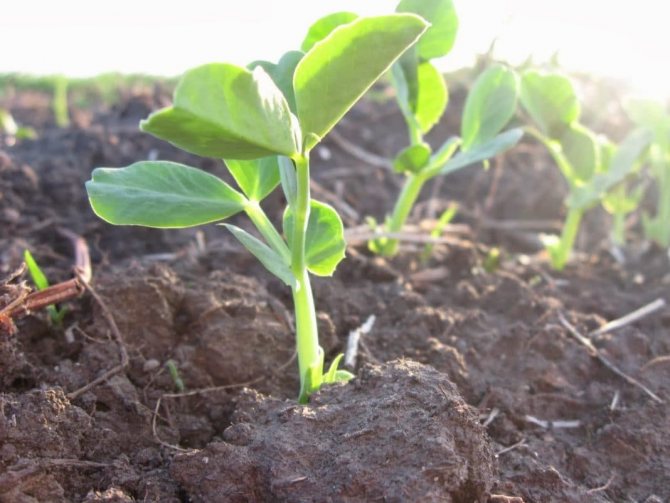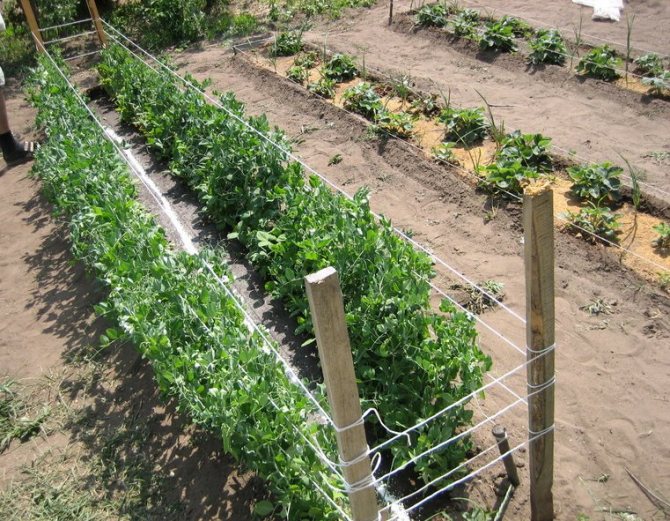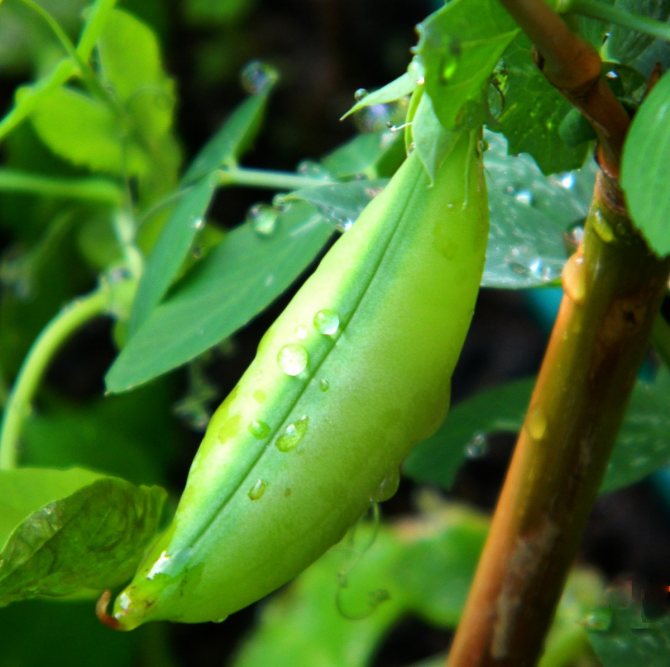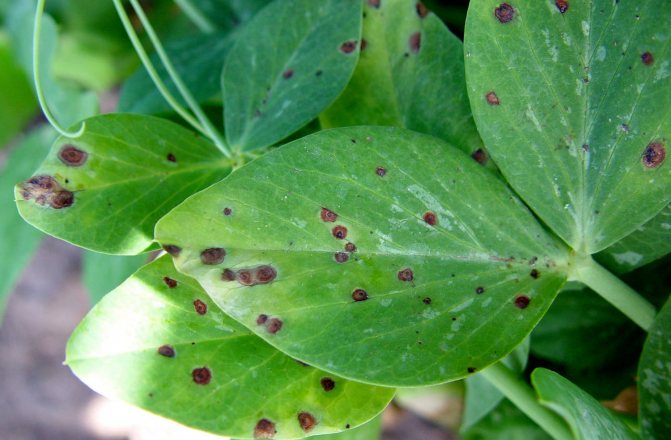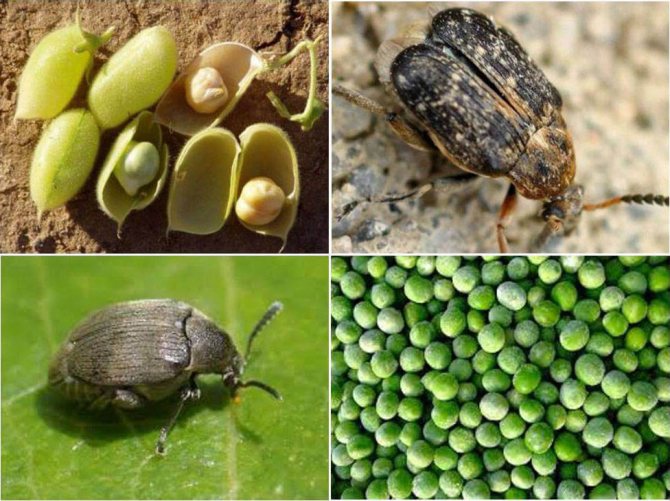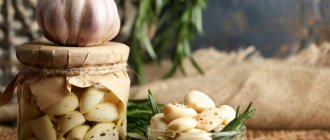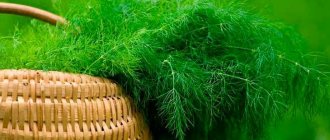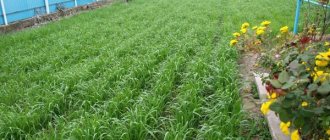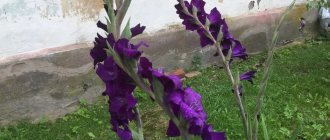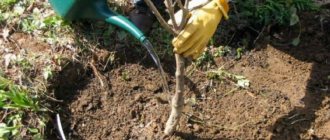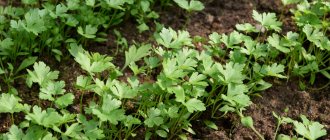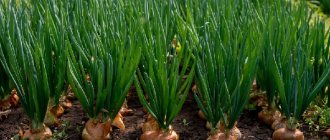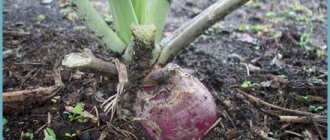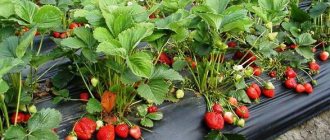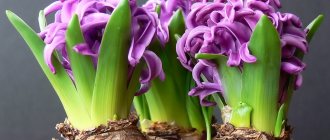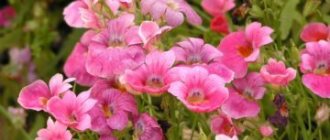The technology of growing peas is not very difficult, but in order to get a good harvest, you need to fulfill a number of necessary conditions. The greatest importance in pea cultivation is to determine correctly when and how to plant peas outdoors in spring.
The culture is good because there are so-called root-nodule bacteria on its roots. They can bind nitrogen from the air, enriching the soil composition.
Peas are classified as cold-tolerant plants. Its seedlings can easily withstand frosts down to -6 degrees without negative consequences. However, this does not mean at all that it is possible to start sowing crops as soon as the snow melts.
Peas can only withstand a short cold snap, and at low temperatures their development stops.
You can start sowing when the night frosts are no more than minus 5 degrees. It is not customary to grow peas through seedlings; they are sown directly into the warmed-up soil. Below we will show you how to plant peas in spring.
The varieties of this culture are divided into 2 groups for use:
| Peeling | Sugar |
| Atlas, Alpha, Vera, Sunrise, Grasshopper and others. | Oscar, Giant, Bastion, Druzhny, Everest, Senator and others. |
| The group is represented by undersized bushes. | The size of the bushes is much larger than the cultivars and can reach a height of 80 cm. |
| The leaves are not eaten, but their peas are very sweet | They are eaten with the shutters as they contain a lot of sugar. |
| Suitable for long-term storage and preservation. | Grown for consumption immediately. |
The best time to plant peas in different regions
This is a cold-resistant crop, the soil temperature for planting peas (at which its seeds can already germinate) is only 1 ° C (smooth-grain varieties) and 4 ° C (brain varieties). Therefore, smooth-grain can be sown in the beds as soon as the snow melts, the soil dries out a little and it will be possible to carry out work in the garden. Brain varieties are sown a little later.
Fresh articles for gardeners, gardeners and florists
Moon phases in May 2020 by day for gardeners and truck farmers
Planting potatoes in May 2020 auspicious days
Top dressing of currants and gooseberries in spring
When to plant cabbage seedlings according to the lunar calendar
In different regions of Russia and neighboring countries, this time does not come at the same time. It all depends on the weather. Favorable days for planting come in the south of Russia, in Ukraine and Belarus at the end of March - the 1st half of April, in the Central lane, in the Moscow region and the Leningrad region - from the end of April - to the beginning of the next month. In the Urals and Siberia, sowing can be done 1.5-2 weeks later. In any case, the deadline for sowing peas is the very end of May - early June. In this case, after sowing, the soil must be watered and covered with mulch. Further planting pea seeds in open ground is impractical.
When growing peas in a greenhouse, they are sown under a shelter about 2-3 weeks earlier than in open ground beds.
Pea cultivation technology and plant care features
A couple of weeks after sowing, shoots usually turn green in the garden, which at first need attention and care.
Garter bushes
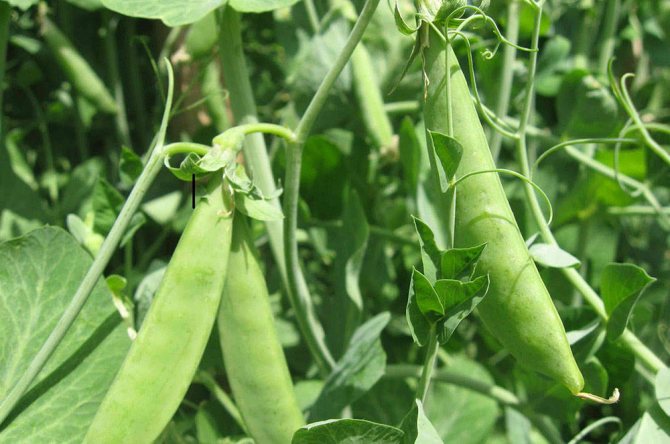
Peas are a climbing culture that needs support.
With their tenacious antennae, the bushes grab any opportunity to hold on, stretch up.
If the seedlings are not provided with reliable support, then over time the peas will fall over, clinging to each other, intertwining so that no fruits can then be found.
And it is much more difficult to mature in such conditions.
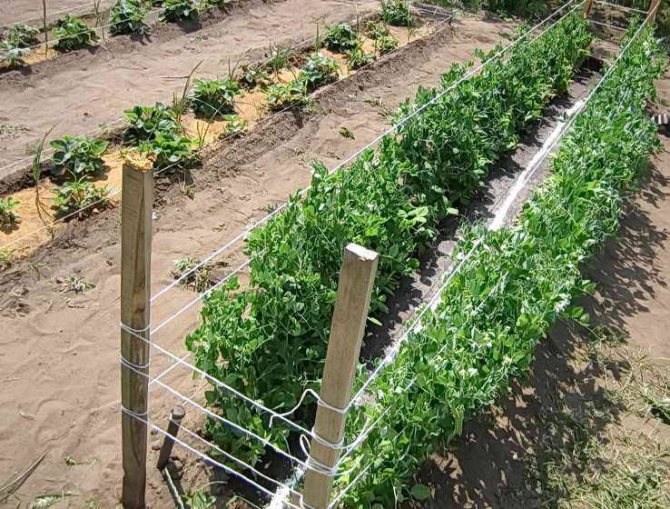

As a support for low-growing varieties, it is enough to stick a peg up to a meter high next to each bush.
Tall bushes require the construction of a trellis.
To do this, several support bars are stuck into the ground, a rope or wire is pulled between them at several levels above the ground, or a plastic mesh is tied to the supports.
Watering peas in open soil


Watering is the basis of crop care.
Young peas need enough moisture to grow strong and build up mass.
In dry weather, pea beds are watered at least once every 5 days.
The soil should not dry out during the period when the peas are preparing to bloom or are starting to set fruit.
Pinching the tops
Summer residents who practice pinching peas note the effectiveness of the procedure for increasing yields and the formation of bushes with different ripening times.
When the bush has grown to 15 cm, pinch its top.
As a result, growth and development slow down for some time, because the plant needs to redistribute forces from the apical growth to the formation of lateral shoots.
The more shoots, the more ovaries and fruits.


And if you do not pinch all the peas at once, but in parts - in the first approach, pinch only a third of the plantings, after one and a half - two weeks stop the growth of the second third of the plantings, and after another week - pinch all the remaining peas for a week and a half - you can stretch the flowering and ripening of fruits for the whole season, until autumn plucking young juicy fruits.
Soil care
The shoots that have grown up to 15 cm are spud, first weeding the bed from the weeds, loosening the soil around the stems.
Weeding and hilling are best done after watering, the next day.
Pea feeding features
Moderate introduction of organic matter when preparing the soil for sowing peas will fully meet the needs of an unpretentious crop for the season.
But by the beginning of flowering and fruit setting, it is useful to feed the peas with wood ash, rich in potassium.
You can make an ash solution by adding 1 kg of wood ash to 10 liters of water.
Peas will also respond gratefully to feeding with nutritious infusions of weeds - nettle, wheatgrass and dandelion.
When to plant peas according to the lunar calendar 2020
Also, when landing, you can refer to the lunar calendar. After all, scientists have long proven that the moon has its effect on the germination of seeds of any culture. For example, favorable days for planting peas in:
- April - 5, 6, 7, 10, 12, 14, 18, 19, 23, 25, 27, 29
- May - 2, 4, 5, 6, 15, 16, 17, 24, 25, 26, 30, 31
- June - 1, 3, 4, 6, 7, 8, 12, 13, 22, 23, 26, 28, 30
If you plant peas on these days, then the probability of getting good germination and a rich harvest will be much higher.
Peas harvest
One month after flowering, the lower pods are usually ripe when they can be plucked.
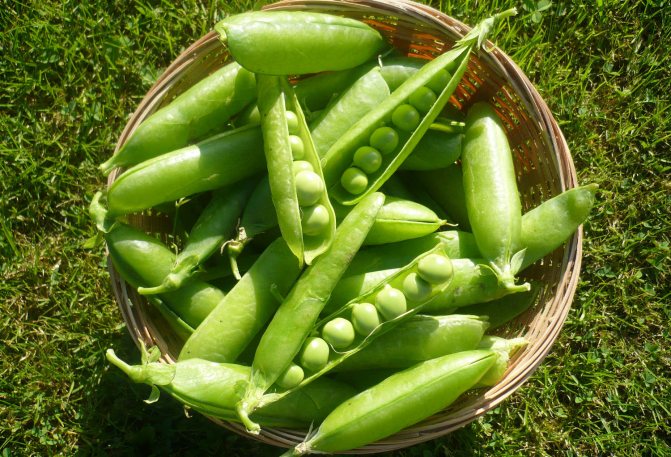

Harvesting in 3-4 days, the gardener will not allow the peas to overripe and coarse, and at the same time will stimulate the early ripening of the remaining fruits.
In the southern regions, having collected all the pods, you can provoke a second flowering and another harvest.
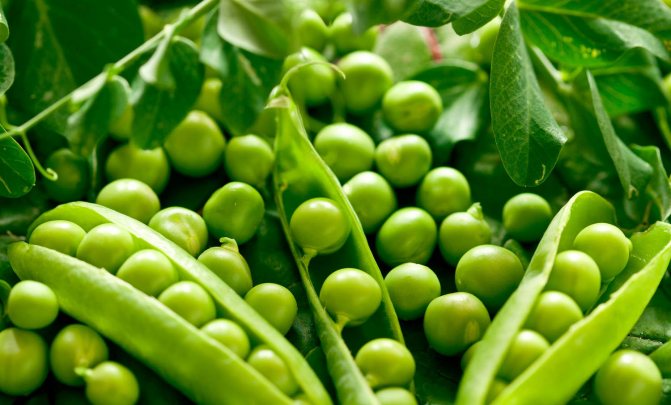

To collect your own seeds, you need to leave a few pods until they fully ripen: the shutters will turn yellow and dry out, and the peas in it will “ring”.
CherryLink plugin not found
Choosing a variety of peas for planting
Pea varieties are usually divided into 2 directions:
- Peeling (Atlant, Vera, Alpha, Premium, Avola, Voskhod, Viola, Adagumsky, Grasshopper, Early Gribovsky).
- Sugar (Oscar, Candy, Giant, Ambrosia, Bastion, President, Inexhaustible 195, Amicable, Swiss giant, Everest, Senator).
The external difference is that the peeling varieties are usually small bushes, while the sugar ones are quite tall.The taste differences are that sugar varieties can be eaten with the shells (they are very sweet), while they are not eaten at shelling shells, but the peas themselves are much sweeter. Sugar varieties, for the most part, are grown in order to consume them immediately, but shelling ones are well suited for storage and preservation.
Shell peas
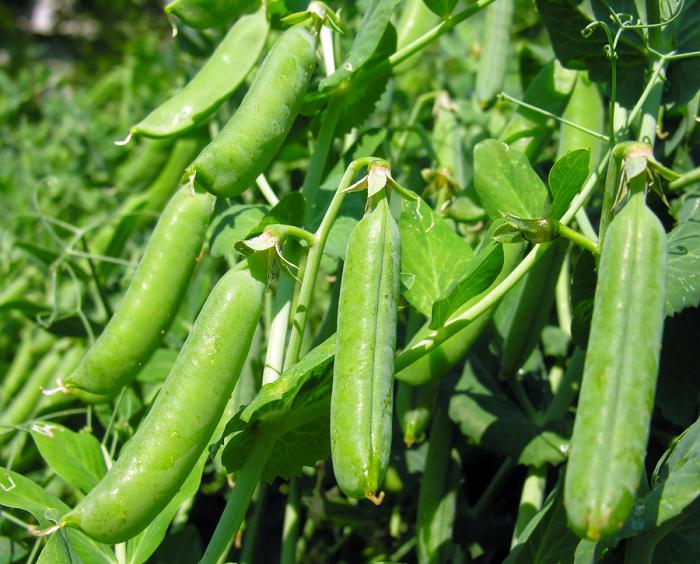

The varieties of this group have rigid pod valves with a pronounced parchment layer. For food purposes, only seeds are used, which in a mature state contain a lot of starch. This leads to the fact that when dry, they boil very quickly. Therefore, shell peas are used for making soups. And the one that is harvested at the stage of technical ripeness is used for canning and freezing.
Preparing pea seeds before planting
In principle, the change can be done without any preliminary preparation, but then they will have to learn and practice for a long time and it is not a fact that everyone will come up. Preparing the seed material will help increase the amount of seeds. This work will be done according to the following algorithm: Calibration. From the whole mass of the common material, the most large and executed specimens are selected for the poce, which do not have traces of damage, stains, and mechanical dents. Suspicious seeds should be discarded sparingly, as they will not give healthy and strong growths. Tempting. At the same time, it should be noted that not all vegetables use this plant, as long as it is possible to carry it with dry seeds.
Fresh articles for gardeners, gardeners and florists
How to grow petunia from seeds at home for seedlings
Planting carrots in spring sowing when to sow how to plant correctly
When to plant zinnia seedlings in 2020 according to the lunar calendar
When to plant tomatoes in a greenhouse in the suburbs
If you have all decided to carry out the course with the soaked seeds; then this operation needs to be carried out according to this scheme: place the calibrated menu for 5 minutes at the start. At the end of the procedure, dry the seeds. The processing of boric acid is directed towards the fight against the larvae of the tuberous dolgonosik, which attacks the roots of the plant. When using a dry method, sprinkle the runners well with water and, after drying, cover the beds with a synthetic film. These actions make seeds grow and grow faster. The hoop seeds can be prepared in the old, correct way. Its essence lies in the fact that the seed material is immersed in a container with heated water for two days. And then they take them out, turn them into damp fabric, keep them in this state at a temperature of + 2C degrees. In a couple of days the seeds will spit and be ready for the release.


Where is it better to plant peas in the shade or in the sun
Peas are a thermophilic crop and will grow and thrive best on the sunny side of the garden. In the shade, the plant will receive less ultraviolet radiation and will not look healthy. From this the harvest will be meager. Therefore, you will not get a good harvest on the balcony or under the trees. Also, do not grow it together with crops such as onions, cabbage, tomatoes. Especially do not plant it next to legumes, since both plants will suffer from a lack of trace elements in the soil. You should not choose places for planting where beans grew last season.
As for the soil. Peas are not whimsical to the composition of the soil; they can be successfully planted almost everywhere. With one exception, beds with high acidity are contraindicated for him. Checking the acidity of your soil is not that difficult. I wrote about this in detail in the article on planting onion sets. To lower the acidity of the soil, you can apply organic fertilizer (chalk, ash) during the spring loosening. Or take care of it in the fall.
Pea planting site
For planting, choose an open, sunny, weed-free area. Some gardeners recommend sowing peas in the near-stem circles of young apple trees, since their crowns, which are just beginning to develop, do not cover the peas from the sun, at the same time, peas enrich the soil with nitrogen for the trees.
To prevent peas from suffering from soil-borne diseases, peas should not be planted in the same place more often than once every three years. It is best to rotate pea crops in different places to avoid the accumulation of soil diseases.In between plantings, other vegetables are planted to use the nitrogen-rich soil.
Excellent companions for peas are carrots, celery, corn, cucumbers, eggplant, parsley, peppers, potatoes, radishes, spinach, strawberries and turnips. Avoid planting peas next to onions.
Preparing seeds before planting at home
The timing of the emergence of sprouts depends on the correct preparation of the seeds. First, you need to sort out the peas and leave only healthy specimens that do not have black spots, damage and other defects. If flawed seeds are used, the shoots will grow weakened and be susceptible to diseases and pests.
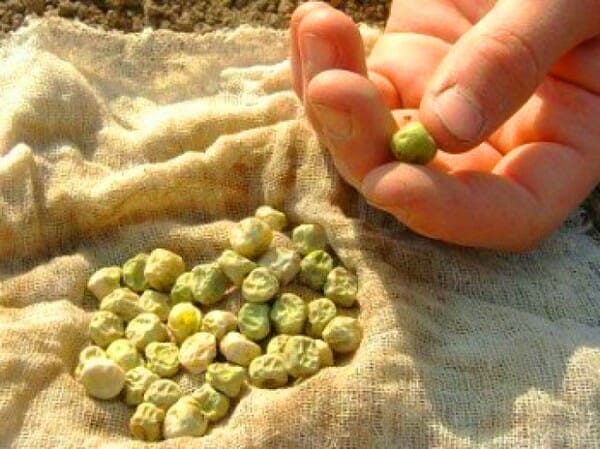

Peas should be calibrated before planting
The further preparatory stage depends on which sowing method was chosen (dry or pre-soaking).
Sowing peas in open ground
Sowing seeds: 80-130 seeds are sown per 1 m2 of plot.
The technology for sowing peas in open ground is as follows:
- use a flat hoe to make a furrow 15-20 cm wide, 50 cm apart, 5 cm deep
- distribute the peas into the ground at a distance of 5 cm from each other
- cover with earth on top, compacting well.
Seedlings usually appear 6-15 days after sowing.
All season you will be with young peas, sowing seeds at intervals of 14 days.
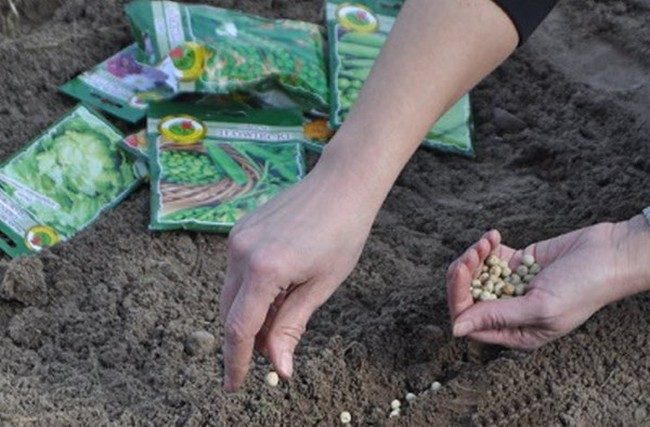

How to plant peas correctly
The choice of the timing of sowing a crop on garden beds is important, but this is only one of the stages on the way to obtaining the expected crop yield. To achieve success in this business, you need to correctly perform other equally important work.
Now read:
- Peas
- How and when to plant beans in 2020
- When and how to plant corn in 2020
- Planting carrots before winter - varieties and planting dates
- How and when to plant zucchini for seedlings and open ...
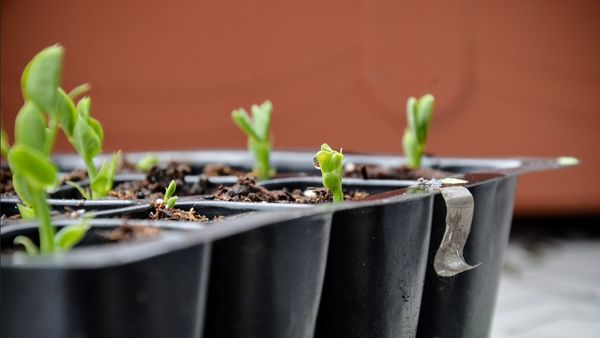

EMILIE RHAUPP, Flickr
Seed preparation
In principle, seeds can be planted without any preliminary preparation, but then they will swell and germinate for a long time and it is not a fact that everyone will sprout. Seed preparation will help increase seed germination. This work takes place according to the following algorithm:
Calibration. From the entire mass of seed material, the largest and most complete specimens are selected for sowing, without traces of damage, stains, mechanical dents and other flaws. Suspicious achenes should be discarded mercilessly, as they will not produce healthy and strong shoots.
Soak. It should be noted right away that not all vegetable growers use this agricultural technique, since sowing can be carried out with dry seeds. If you nevertheless decide to sow with soaked seeds, then this operation must be carried out according to the following scheme:
- place the calibrated seeds for 8 minutes in a boric acid solution (1 g of the preparation per 5 liters of warm water);
- at the end of the procedure, dry the seeds.
Boric acid treatment is aimed at controlling the larvae of the root weevil, which attacks the roots of the plant.
When using a dry sowing method, the planting grooves should be well shed with water and, after sowing, cover the beds with a synthetic film. These actions promote faster swelling and germination of seeds.
Pea seeds can be prepared using the old proven method. Its essence lies in the fact that the seed material is immersed in a container with heated water for two days. And then they are removed from there, wrapped in a damp cloth, kept in this state at a temperature of +23 degrees. After a couple of days, the seeds will hatch and be ready for planting.
Preparing a bed for peas
The first step is to choose the right place for the location of the garden. It is better if it is on a slight hill and is well lit. Pea roots go deep into the soil and can rot if the groundwater is close to the ground.Therefore, places where water stands for a long time after rain are not suitable for peas.
The best precursors for peas are the following crops:
corn potatoes corn beets eggplant zucchini
Peas themselves are an excellent precursor for any crop. It saturates the soil with nitrogen, which is then used by other garden plants planted next to the peas.
The best in terms of mechanical composition soils for peas are light-structured loams or sandy loams with a neutral reaction. The culture grows superbly on chernozems, cultivated sod-podzolic soils. Peas do not tolerate acidic, salty and waterlogged soils.
Gardeners with experience advise, when preparing ridges for peas, to apply fertilizers. In the fall, humus or compost is added for the main processing. And in the springtime, the following is added per square meter of the garden:
- 30 g of potassium sulfate;
- 25 g superphosphate.
Digging the soil is carried out to a depth of 25-30 centimeters. It is advisable to carry out the work during the frost period so that the larvae of harmful insects removed to the surface die from exposure to low temperatures.
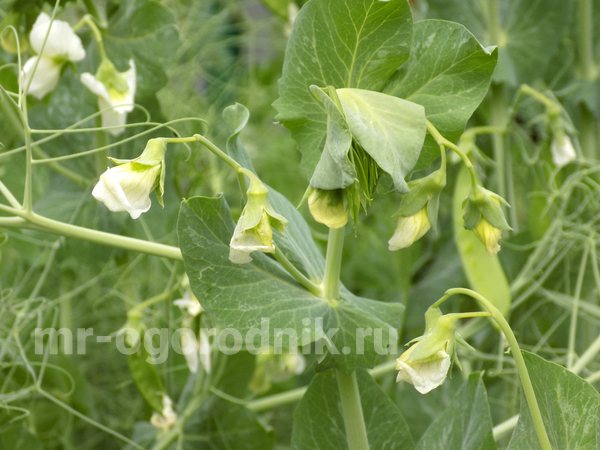

Pea sowing scheme
When choosing a planting scheme for certain types of peas, one must focus on the morphology of the plant.
- 3-5 cm sowing depth
- 7-10 days
- 5-10 cm distance
For undersized and medium-sized varieties, the following planting scheme is adopted:
- the distance between the rows is 15-20 cm;
- landing step in a row - 5-6 cm.
For tall varieties and hybrids, a two-line planting scheme is adopted:
- width of large row spacings - 50 cm;
- distance between lines - 30 cm;
The sowing rate of peas is approximately 16 achenes per square meter.
Sowing seeds is carried out in pre-prepared and moistened grooves, followed by sprinkling with soil. After sowing, the beds are additionally shed with water, since a lot of moisture is required to swell the seeds.
Video: growing peas is the best way to revive the soil
Care advice
Peas prefer loose soil, therefore, after about 16 days, after the emergence of seedlings, the seedlings need to be loosened and hilled.
- During the growing season, peas at some point will reach such a height that they will not be able to stand upright and will fall on moist soil. This is completely unacceptable, so they put pegs on the beds, pull a rope over them to support the plants in the right position.
- In dry and hot summers, from activities for the care of the crop, the irrigation regime is of particular importance. The topsoil should not be allowed to dry out in the garden bed. The culture is watered quite often and abundantly. A bucket of water is poured over each square meter.
The culture is early ripening; pea pods begin to be harvested as early as 14 days after the onset of the flowering phase. It is advisable to collect the pods daily, as they ripen. Pods are plucked from plants carefully so as not to injure the stem.
Immediately after sowing, it is necessary to build a structure for the garter of the plants. For this, stakes are driven in and a wire or mesh is pulled. Untied plants will fall to the ground, where they will grow in unacceptable conditions.
We told when and how to plant peas in open ground in spring - with the right choice of variety and adherence to the technology of cultivating the crop, an excellent pea crop will be ensured. Carry out the preparation of seeds and soil, as well as the sowing procedure in accordance with our recommendations and the result will not be long in coming.
Pea care after planting
Taking care of the culture is simple, the main thing is to observe the frequency. Follow these recommendations:
- Protection.
Young plant shoots need to be protected from birds, so cover the beds with a fine fishing net. This will not prevent the peas from developing and will not allow animals to peck at it at first.
- Watering.
The culture cannot stand the heat, so water the beds once a week before flowering.But with the appearance of the first flowers, increase watering up to twice a week. In summer, there should be enough water - up to 10 liters per 1 sq. m.
- Fertilizer.
It is good to combine top dressing with watering. Use a nitroammophoska (1 tablespoon for 10 liters of water). You can also add mullein solution, compost and humus.
- Weeding.
Remove weeds in time to keep them from overgrowing. Weeds are often the cause of pea disease. Loosen the soil in the rows, and also huddle each bush. This will saturate the earth with oxygen and contribute to the better development of the seedlings.
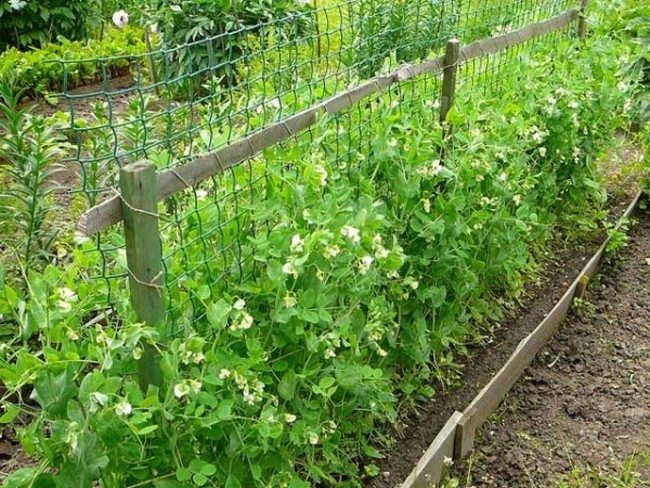

Basic landing rules
Peas have their own growing characteristics, which must be taken into account when planting them in your garden. The basic rules are:
- you can plant a crop at the end of April, and some varieties germinate even in summer;
- pisum requires a lot of sunlight;
- the root system of peas is well-branched, therefore, the presence of deep groundwater in the soil is desirable;
- to stimulate plant growth, you need to pinch the shoots as early as possible;
- requires constant feeding with organic fertilizers;
- the plant is tied up, as heavy bunches pull the branches to the ground and break them;
- preventive actions are needed against insect pests (aphids, weevils, moths) and diseases (downy mildew, rust).
Learn more about the benefits and dangers of peas.
Diseases and pests of peas
Among diseases, powdery mildew can cause trouble. The plant becomes covered with a whitish bloom, the growth rate slows down, which significantly reduces the chances of getting a good harvest. To fight, use natural preparations: spray with an infusion of sow thistle (for 10 liters of water 300 g of leaves, leave for 8-10 hours). After a week, repeat the treatment.
Fresh articles for gardeners, gardeners and florists
Ammonium in the garden use for strawberries
Top dressing of tomato and pepper seedlings with folk remedies
Lunar sowing calendar for 2020 gardener and gardener table
Planting corn seeds outdoors
Among pests, the most dangerous is the leaf roll or pea stalk. Caterpillars hibernate in the open field, and in spring they turn into adults, which lay eggs on greenery. Caterpillars reappear from them, which devour young shoots, causing significant damage to plantings. For prevention purposes, a deep autumn digging of the site is used. Sow early. Young plants should be treated with infusion of tobacco, wormwood, celandine leaves, tomato tops or burdock roots.
Watering and feeding
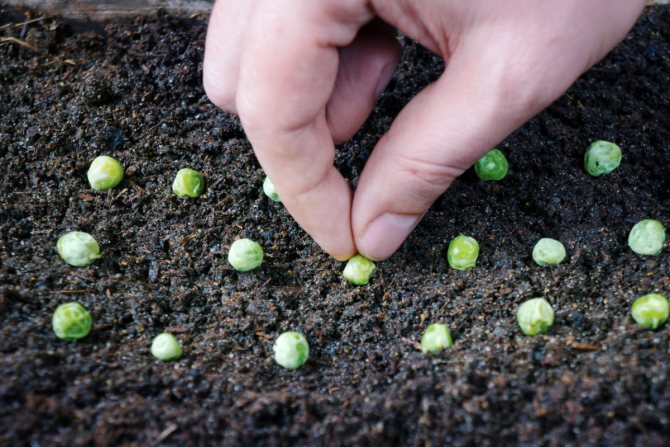

Planting peas
Planting melons outdoors
Peas do not tolerate summer heat well, and therefore, in the absence of rain, they require abundant watering. In this case, the drip irrigation system will do just fine. Sometimes watering is combined with top dressing, which consists of one tablespoon of nitroammophoska diluted in a bucket of water. It is useful to cover the watered ground with sawdust, chopped straw or grass.
When the seedlings grow a little, the soil between the rows must be loosened, and the plant itself must be hilled.
Collecting and storing the harvest of peas
Timely harvesting of ripe pods will help to further increase yields. Otherwise, adult pods will become rough and tough, and inhibit the appearance of young pods.


Once harvested, peas can be stored in several ways. For example, send to the freezer or preserve. Peas can also be dried. Important! So that the peas do not lose their useful properties, you need to prepare them for storage no later than 2-4 hours after removal. If the peas have been dried, they are stored in a glass jar under a tight lid. Better to put it in a place protected from light.
A wide variety of varieties of peas, methods of harvesting and storing them gives practically unlimited possibilities for preparing a wide variety of dishes. Peas are included as the main ingredient in fairly simple and delicious recipes known all over the world.
After what crops can peas be planted
Also, an important factor is the process called crop rotation. This is a technology for growing various crops leading to increased yields. In simple words, a self-respecting gardener needs to know what, when and after what can be planted, and what is not worth it.
Of course, many people know about this, but not many follow this same crop rotation. With regard to peas, I can say the following you can get a good harvest if you plant it in the place where crops such as grew last year;
- Cucumbers.
- Tomatoes.
- Pumpkin.
- Cabbage.
- Potato.
- Cereals or forage grasses.
But the worst predecessors are legumes. Since both peas and legumes require the same microelements for full development. And if, for example, beans grew in this place last year, then it is not advised to plant peas in the same place for 4 years.
How to plant peas with a sprout up or down
The question of how to plant a sprouted seed correctly often arises among those who are not so often engaged in planting peas. In fact, a sprout is a root, the leaves will grow later. It is recommended to land with the spine down. But from my own experience I will say that I rarely germinate. More often I plant it not yet germinated.
The fact is that I live in the warm half of Russia and here spring comes early and peas can be planted without germinating them early, since there is enough warm time.
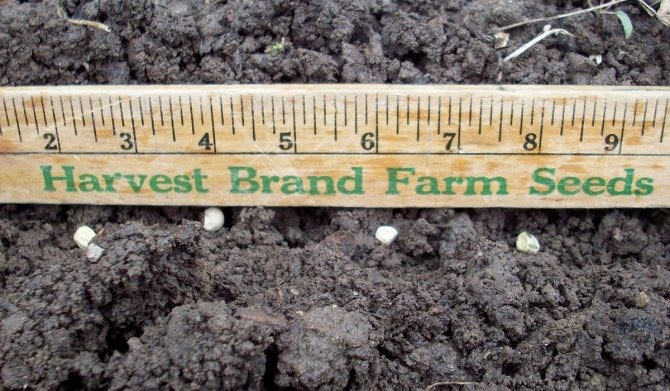

There are several schemes for planting peas. Can be planted in rows along the fence or grown in beds. The distance between the peas is at least 5-7 cm, and between the rows 10-12 cm.Even if the planting is carried out along the fence, it is still better to plant 2 rows with a distance of 10 cm.The planting depth does not need to be made deeper than 2-3 cm.


After the peas are planted on top, you can cover the rows with a small layer of compost or old foliage, which will keep the moisture in the soil, which is so necessary for the first shoots. After 2-3 weeks, it will be possible to tackle the issue of installing a support (trellis) for the first shoots. Since pea lashes develop very quickly and if they have nothing to hold on to, you will grow a solid green carpet that will not be possible to untangle. On average, peas rarely grow above a meter. So support 1.2 will be more than enough.
Preparation of planting material
Preparing pea seed material for planting is simple - just soak the seeds in water to make them swell. But I don't do this operation either: I plant it on the 20th of April, and at this time there is usually enough moisture in the ground, so the seeds swell perfectly in a few hours.
To protect peas from damage by various diseases and pests, many gardeners warm them up in a boric acid solution. To do this, first prepare a solution: 2 g of boric acid is diluted in 10 liters of water heated to 40 °. Then the seeds are lowered there for 5 minutes, after which they are taken out and dried.
Site preparation


The area for planting peas should be started in the fall. It is dug up or plowed deeply, having previously scattered phosphorus and potassium fertilizers over it at the rate of 50-60 g of superphosphate and 25-30 g of potassium salt per 1 m².
If it is necessary to reduce the acidity of the soil, simultaneously with the introduction of mineral fertilizers, wood ash is also introduced - 200-400 g / m² - depending on the acidity index. In the spring, immediately before planting, or even simultaneously with it, an ammonia fertilizer is applied - 10 g / m².
You should not be zealous with the introduction of nitrogen fertilizers - peas do not like excess nitrogen in the soil. For the same reason, fresh manure is not applied under peas either in autumn or in spring.However, the peas eagerly use the remains of the manure introduced under its predecessor, and usually thanks the owners for such prudence with a good harvest.


